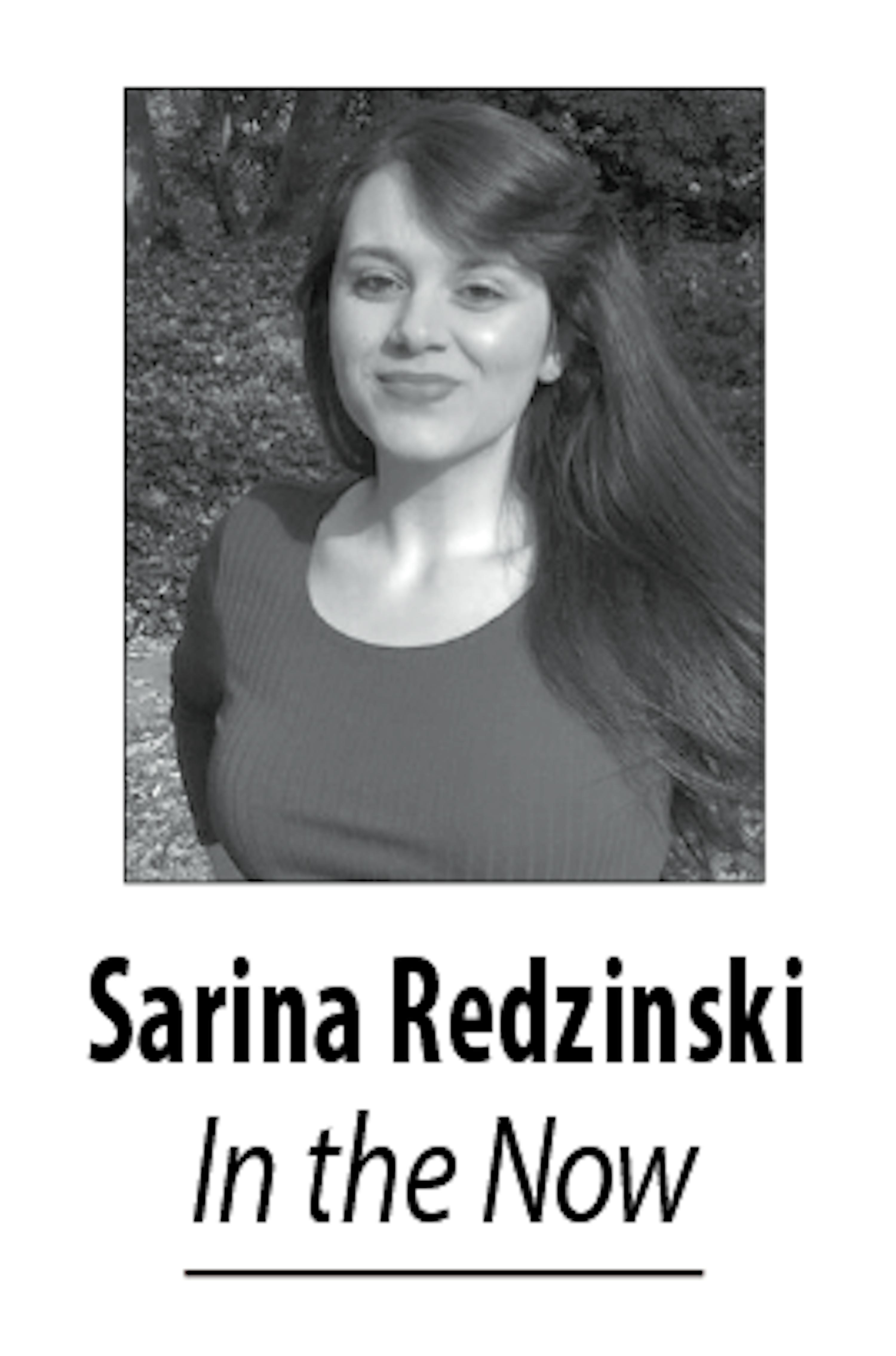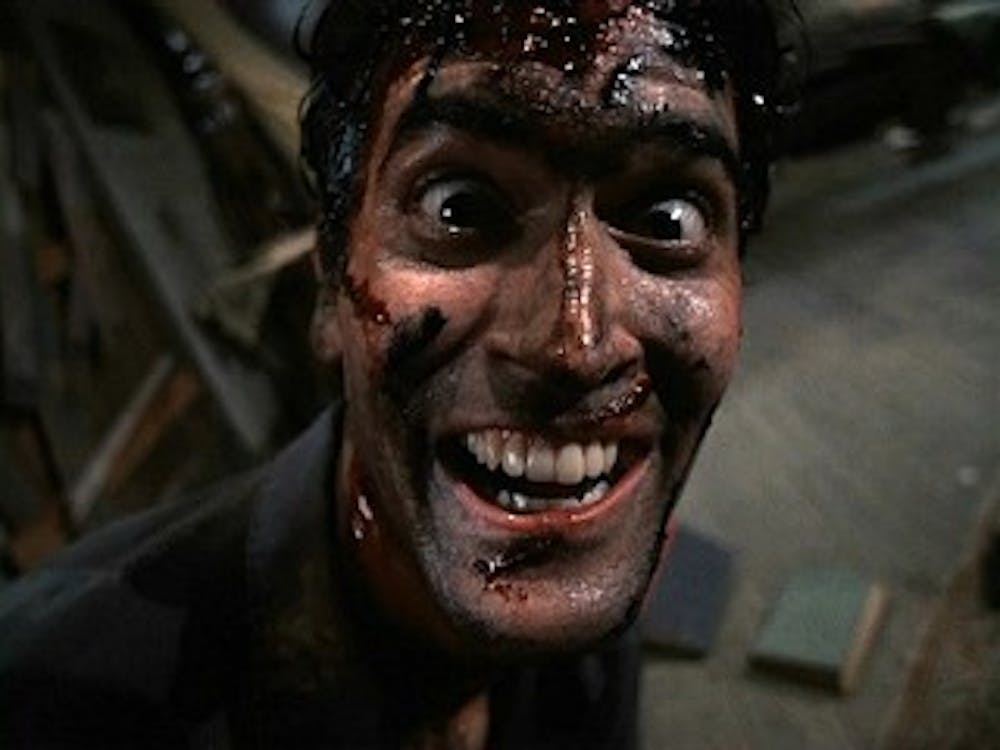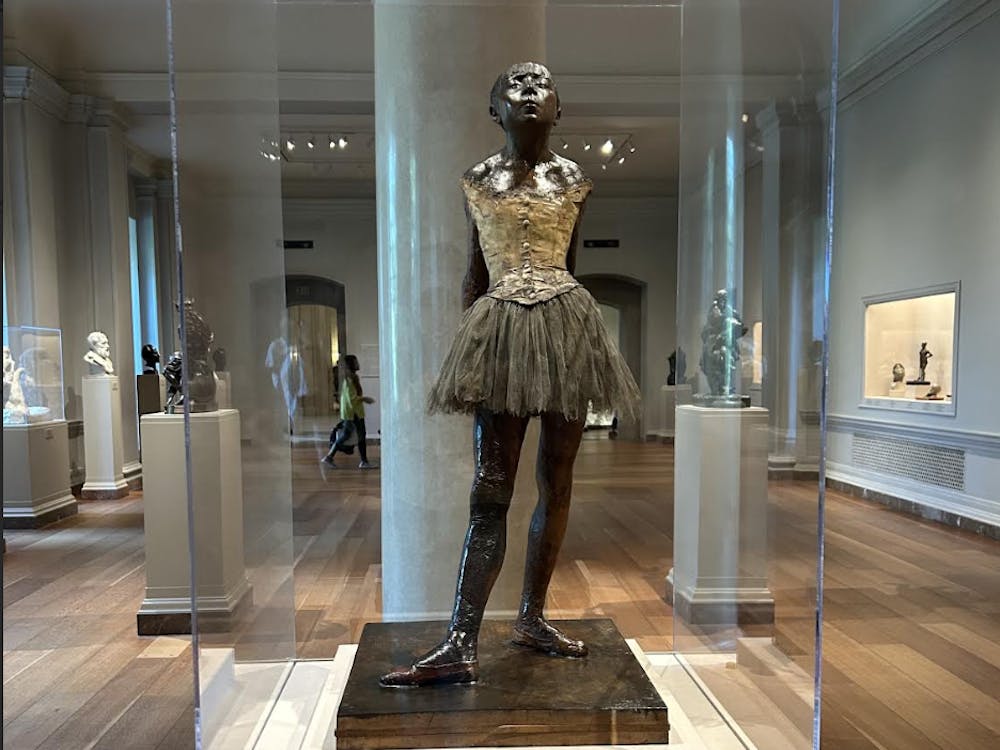
As Halloween season comes to a close and people begin to swap out their spooky decorations for more gluttonous ones, I’ve been thinking a lot about horror movies. I spent a good chunk of the last month and a half dedicated to watching scary movies, a couple of which I was able to see as revival screenings at local theaters.
My favorite among these screenings was probably seeing Evil Dead II at the Senator. The theater was showing it on their largest screen, in a renovated room that had once served as a beautiful performance space. They even kept the historic red velvet curtains, which elegantly framed the bloody and bizarre film.
Evil Dead II is usually considered a cult horror movie, full of gore and surreal stop-motion animation to bring its grotesque monsters to life. It’s darkly funny, too, featuring plenty of quotable lines delivered with typical 80s action movie bravado; my friend and I at points doubled over with laughter.
About halfway through, I realized that I had a huge smile plastered across my face. I had never seen anything like this before — at one point the audience even erupted into applause at a particularly outlandish and hilarious moment. The whole thing was an adrenaline rush, and I felt practically energized by the end.
When I said all of this to my mother over the phone the next day, she scoffed at me. “I don’t know how you watch that stuff,” she said. “I hate it.”
I’ve heard this kind of reaction from many people when I tell them how I’ve recently been entrenching myself in horror. They all express, to some degree, their hatred for the anxiety that scary movies produce and their disdain for being scared.
Some of my closer friends ask how I, as someone who has dealt with an anxiety disorder since I was young, could enjoy sitting through something deliberately made to upset and terrify me.
I could be obnoxious and go into Aristotle’s theory of “catharsis,” but I think that horror icon and Hopkins alum Wes Craven said it all much more clearly and succinctly: “Horror films don’t create fear. They release it.”
When you have an anxiety disorder, you can become overwhelmed with fear and have no idea why. I’ll be studying or getting ready for bed or just going about my day, and suddenly my brain will decide that there’s something to be afraid of.
It doesn’t tell me what that something is or why I should be afraid of it, just that I should be. This can last a couple minutes, hours, or even days and weeks. It’s like constantly seeing a shadow out of the corner of my eye but never being able to turn my head fast enough to see if there’s something lurking there or if it was just a trick of the light.
In horror movies, there is no hazy cloud of dread with no cause or purpose. Whether it’s a slasher, possession story, creature feature — it doesn’t matter — there is no mistaking that there is a central point from which fear and anxiety grow, and even if we don’t know at the start where it’s coming from, we can generally expect that, within two hours, all will be revealed.
In scary movies, even when there’s only a shadow caught out of the corner of someone’s eye, we know or will soon know exactly what it is and exactly why we should be terrified.
Having that kind of concrete source of anxiety can be freeing to someone who often finds themselves caught without a way to articulate their anxiety in everyday life. This isn’t unusual for people with such disorders either. Just a quick Google search on anxious people finding comfort in horror will result in quite a few results, from official scientific articles to online threads.
As I mentioned in my previous piece, I grew up around horror. In his twenties my dad worked on Nightmare on Elm Street 4 and the TV show Freddy’s Nightmares, created by Craven and featuring his demented villain Freddy Krueger. Freddy is a deformed man with razor sharp blades strapped to his hands who haunts the dreams of his victims — a potential source of the old middle school rumor that, “If you die in a dream, you die in real life.”
There are pictures hung up in our basement of my dad, sporting the signature bladed glove, sitting with Freddy like work buddies on a lunch break. I remember as a kid being both fascinated and repelled by Freddy Krueger, as well as other similar figures and films.
I wanted to know more, but was also afraid to learn — what if I saw something I couldn’t unsee? What if it only made my already inflamed anxiety worse?
So I avoided horror for much of my life, figuring it was better to just never find out if my fascination was justified. But when I came to college, I met a friend who I really, really wanted to think I was cool. She invited me to go see The Witch, a horror movie about a Puritan family exiled from their town and forced to live in the wilderness. Even though I was scared, I sucked it up and went.
And it was amazing. The jump scares, the atmosphere – everything was so well put together and well-choreographed. I had no idea horror movies could be so artful.
After that, I started watching more and more of them. Eighties classics and modern chillers. Comedic ones and serious, socially-conscious ones. I found myself shocked at how good these movies could be, having never given them the chance. And they were all releases of anxiety, two hours of detached fear with a cause and plot arch, like a controlled environment where I could let out inconsequential terror.
I know some people who say this kind of catharsis doesn’t work for them, and I respect that. But if you’re looking for something new to calm your anxiety, I suggest trying some classic blood and guts entertainment. In the words of the iconic hero Ash from Evil Dead II: They’re pretty “groovy.”





